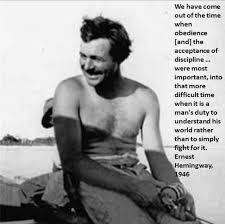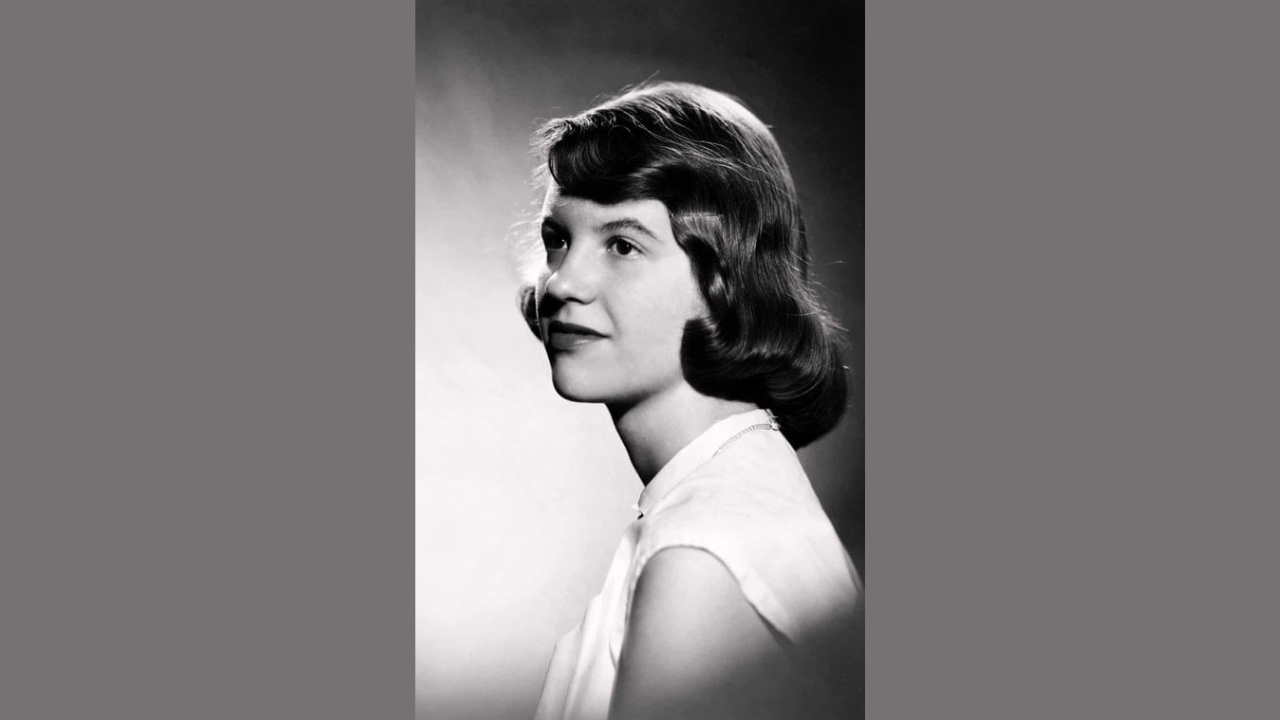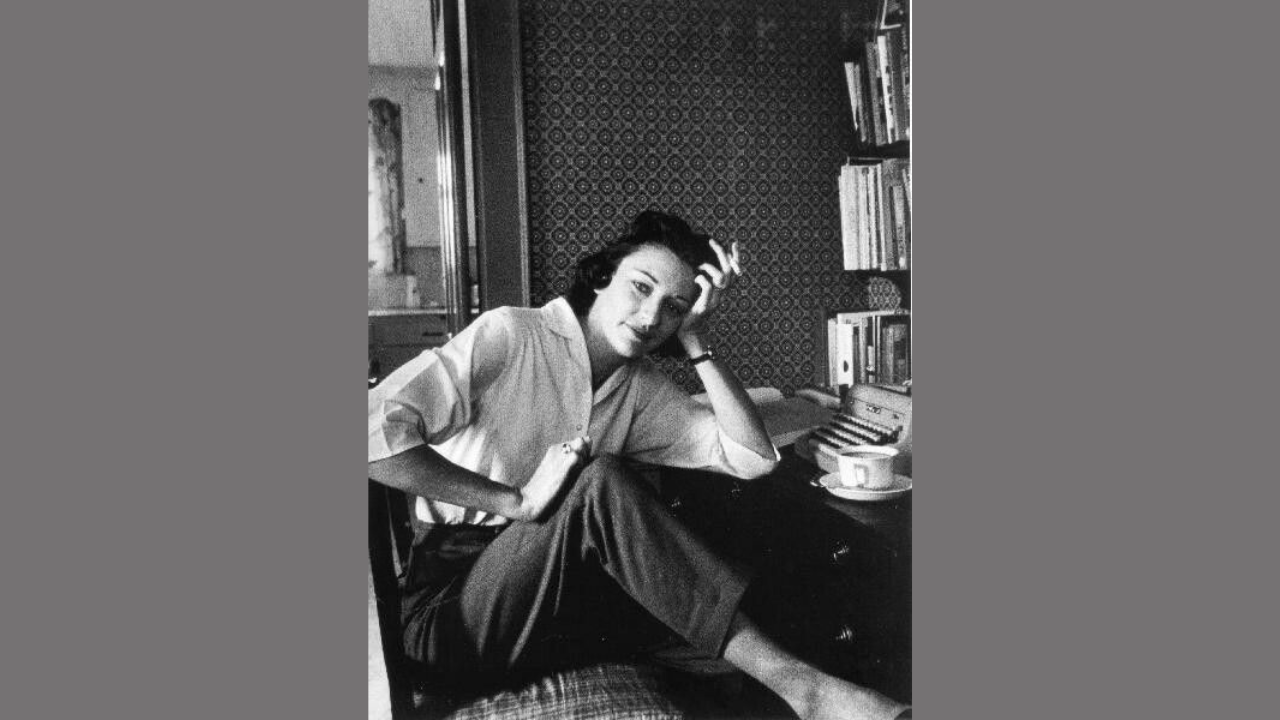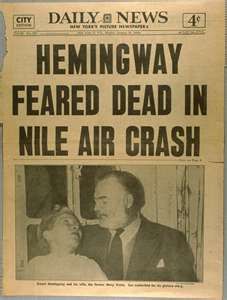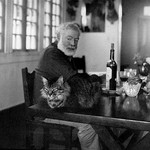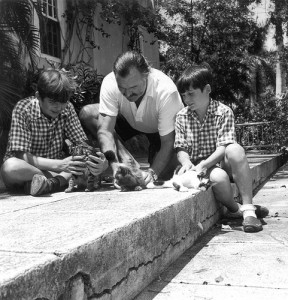5 Books That Continue To Shape Me As A Business Leader
- President and CEO of Vital Strategies, a global public health organization that designs solutions to pressing health problems.
The literature we read molds us into the people and leaders we become. As we advance in our professional roles and expand the footprint of our work, those same books can serve as a North Star, reminding us of our path and why we’ve traveled it.
There are a handful of books that have taught me the value of learning from others, being confident in my innate abilities to do good things and appreciating that to accomplish anything significant, I must be disciplined enough to stay focused on my goals while contending with detractors and distractions.
The protagonists in each of these narratives—whether Ernest Hemingway’s determined fisherman, Santiago, or the embattled Abraham Lincoln as rendered by Gore Vidal—found themselves navigating the ups and downs of leadership and taking risks.
For anyone needing inspiration and escape, but particularly so for those of us steering the ship of an organization out of the storm into safe harbor and success, here are five books to keep close at hand.
I have reread this book every year since I was a boy, and it serves as my annual vicarious voyage to Cuba’s beaches. It reminds me of the first time I went to the beach with my grandfather when I was a child and we met an old fisherman at dawn. My grandfather remarked that the fisherman looked like Santiago from The Old Man and the Sea.
Like my grandfather, this tiny novella is full of wisdom. Santiago loves his work, regardless of material gains. It is important to love what you do. But he is also perseverant, and as a leader of a business or organization, it’s important to press on until you achieve results. That’s why whenever I face a daunting task, I invoke Santiago’s wisdom: “I may not be as strong as I think, but I know many tricks and I have resolution.”

This is one of the most revered Latin American novels—and for good reason. It examines the conflict between the educated urban elite and the most barbaric elements of rural life in Venezuela, but its resonance rings true for any country. And that’s because Doña Barbara is, foremost, about people and communities who refuse to let adversity define them, unless it’s in their determination to rise above it and establish order from chaos.
Today, companies and organizations face chaotic situations such as changes in governments, natural disasters, pandemics and more. Leaders must be skilled to have a steady hand as an organization deals with chaotic conditions. And who better to emulate as a model of resilience than Gallegos himself: The schoolteacher-turned-novelist was later elected president of Venezuela.
The Greater Journey: Americans in Paris by David McCullough (2011)
McCullough tells this fascinating true story of a group of American artists, writers, physicians and politicians who travel to Paris between 1830 and 1900 and bring back knowledge that would help them contribute to the building of their new nation. It’s a beautiful metaphor for how leaders today ought to go out in the world seeking knowledge and skills inspired by varying cultures.
Sojourners in The Greater Journey included James Fenimore Cooper, Samuel Morse (who brought back with him ideas that would help innovate the telegraph), pioneering female doctor Elizabeth Blackwell and groundbreaking artists Augustus Saint-Gaudens, Mary Cassatt and John Singer Sargent. Aside from business leaders, I think every American student should read this fascinating reflection about seizing the potential of righteous, youthful curiosity before they graduate.
Lincoln by Gore Vidal (1984)
Vidal’s engrossing historical novel, focused on Lincoln’s unwavering character, even amid the Civil War, should also be on required reading lists. Vidal channeled Lincoln’s leadership ethos by culling real material from the memories, newspaper accounts and other testimonies from those close to Lincoln and others who observed him while he was alive. What emerges is a narrative about a leader with a single-minded focus on a noble purpose.
By telling his story from the point of view of historical figures like his wife Mary Todd Lincoln and adversarial Secretary of the Treasury Salmon Chase, the reader gets a prismatic lens through which to examine how a leader is shaped not only by his own actions and beliefs but also by the values of those around him and the culture at large. When the book details how Lincoln appointed adversaries to his Cabinet, it offers a road map for crafty coalition-building that should be insightful for any organizational leader.
Memoirs of Hadrian by Marguerite Yourcenar (1951)
Written from the point of view of the dying Roman Emperor Hadrian as he pens a letter to his adoptive grandson and successor, Marcus Aurelius, this is another fascinating can’t-put-it-down historical novel. Hadrian lived and led during a time of relatively peaceful transition for Rome, and Yourcenar maximized that context to articulate how Hadrian might have envisioned his country maintaining a prosperous and peaceful future. The emperor traveled from province to province during his reign, establishing commercial and cultural centers. Even in ill health, he remained visible and present, not simply running an organization or company from an office on the top floor of a city building.
Yourcenar’s reflections through Hadrian are both romantic and intellectual, with the emperor revealing regrets and doubt but clinging to an essential vision that he entrusts to his successor—a success story worth heeding.
Whatever you’re facing as an organizational leader, these titles are terrific starting points to keep you on track and—even though most of them are historical—focused on the future.
Forbes Nonprofit Council is an invitation-only organization for chief executives in successful nonprofit organizations. Do I qualify?










